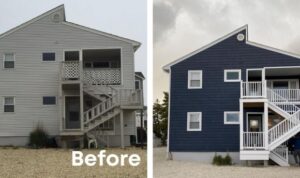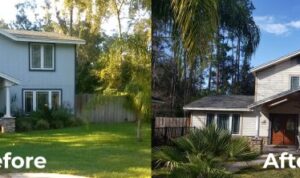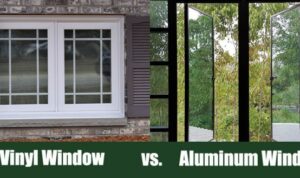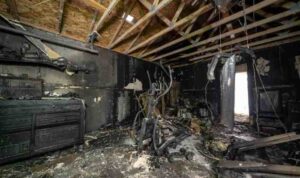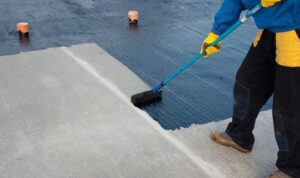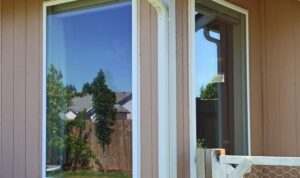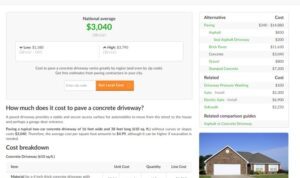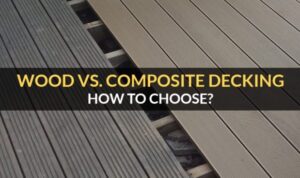Exploring the cost to install new vinyl siding opens up a world of considerations and choices that can impact your budget. From factors influencing the cost to labor expenses and additional unforeseen costs, this guide will provide you with a comprehensive overview to help you make informed decisions.
Factors influencing the cost of installing new vinyl siding
When it comes to the cost of installing new vinyl siding, several factors can influence the overall price. Understanding these factors is crucial in determining the total cost of the project.
Quality of materials
The quality of the vinyl siding material plays a significant role in determining the cost of installation. Higher quality materials tend to be more durable and have better insulation properties, but they also come at a higher price point. For example, premium vinyl siding with enhanced features such as UV protection or insulation may cost more upfront but can result in long-term savings on energy bills.
Size and complexity of the project
The size and complexity of the project also impact the cost of installing new vinyl siding. Larger homes or buildings require more materials and labor, resulting in higher costs. Additionally, intricate designs or architectural features that require custom cuts or special installation techniques can increase the overall price of the project.
Location and accessibility
The location of the property and its accessibility can affect the cost of installation. Properties located in remote or hard-to-reach areas may incur additional transportation costs for materials and labor. Similarly, properties with limited access or challenging terrain may require specialized equipment or extra labor, contributing to higher installation costs.
Labor costs
Labor costs are a significant factor in determining the overall cost of installing new vinyl siding. Experienced contractors or professional installation teams may charge higher rates for their services, but their expertise can ensure a quality installation that lasts for years to come.
Additionally, factors such as labor availability and local market rates can influence labor costs and, in turn, impact the total project cost.
Additional services or customization
Any additional services or customization options requested by the homeowner can also impact the cost of installing new vinyl siding. For example, adding trim pieces, decorative elements, or unique color options may incur extra charges. Customized designs or special requests may require more time and effort from the installation team, resulting in higher costs for the project.
Cost comparison between different types of vinyl siding
When considering the cost of installing new vinyl siding, it is essential to compare the prices of various types available in the market. The choice of siding can significantly impact the overall installation expenses, with differences in pricing based on material quality and features.
Standard Vinyl Siding
Standard vinyl siding is the most common and affordable option available. It typically offers a basic level of durability and aesthetic appeal. The installation cost for standard vinyl siding is relatively lower compared to other types due to its simplicity and widespread availability.
Premium Vinyl Siding
Premium vinyl siding is a higher-end option that offers enhanced durability, energy efficiency, and aesthetic features. The installation cost for premium vinyl siding is higher than standard vinyl due to the superior quality of materials and additional benefits it provides.
Insulated Vinyl Siding
Insulated vinyl siding comes with a layer of foam insulation attached to the back of the panels, providing better energy efficiency and noise reduction. The installation cost for insulated vinyl siding is higher than standard and premium options due to the added insulation layer and increased material complexity.
Vertical Vinyl Siding
Vertical vinyl siding is a unique alternative to traditional horizontal siding, offering a modern look and design. The installation cost for vertical vinyl siding can vary depending on the complexity of the installation process and the specific style chosen.
Factors Influencing Cost
The choice of vinyl siding type can significantly impact the overall installation expenses. Factors such as material quality, additional features, insulation, and design complexity all play a role in determining the final cost. It is essential to consider your budget and desired benefits when selecting the right vinyl siding for your home.
Labor costs associated with installing vinyl siding
Installing vinyl siding involves not only material costs but also significant labor expenses. Understanding how labor costs are calculated and the factors that influence them can help homeowners budget effectively for this project.Labor costs for installing vinyl siding are typically calculated based on the square footage of the home.
Installers may charge per square foot or provide a total project estimate. Factors such as the complexity of the installation, the need for additional preparation work, and the location of the property can all impact labor costs
Average labor expenses
- On average, labor costs for installing vinyl siding range from $1 to $3 per square foot.
- For a 1,500 square foot home, labor costs can amount to $1,500 to $4,500.
- Complex installations or homes with unique architectural features may incur higher labor expenses.
Factors influencing labor costs
- The size of the home: Larger homes require more labor hours, resulting in higher costs.
- Accessibility: Homes with difficult-to-reach areas or multiple stories may require additional time and effort from installers.
- Preparation work: If the existing siding needs to be removed or if repairs are necessary, labor costs will increase.
- Location: Labor rates vary by region, impacting the overall cost of the project.
- Installer experience: Experienced professionals may charge higher labor rates, but their expertise can ensure a quality installation.
Additional expenses to consider when installing vinyl siding
When budgeting for the installation of new vinyl siding, homeowners need to be aware of potential additional expenses that may arise. These extra costs are important to consider as they can significantly impact the overall budget and prevent any financial surprises during the project.
Here are some tips on how to effectively budget for unforeseen costs:
1. Permit Fees
Before starting the installation process, homeowners may need to obtain permits from their local municipality. These permits often come with fees that need to be factored into the budget.
2. Trim and Accessories
In addition to the vinyl siding itself, homeowners may need to purchase trim pieces, corner posts, J-channels, and other accessories to complete the installation properly. These items can add to the total cost of the project.
3. Removal of Existing Siding
If there is old siding on the house that needs to be removed before installing the new vinyl siding, this can incur additional labor costs. It's essential to account for the cost of removing and disposing of the existing siding in the budget.
4. Repairing Damaged Substrate
If the substrate underneath the existing siding is damaged or needs repair, homeowners will need to allocate funds for fixing these issues before installing the new vinyl siding. Ignoring substrate problems can lead to more significant issues down the line.
5. Cleanup and Disposal
After the installation is complete, there will be debris and waste materials that need to be cleaned up and disposed of properly. Homeowners should include the cost of cleanup and disposal services in their budget to ensure a clean and safe work environment.
Outcome Summary
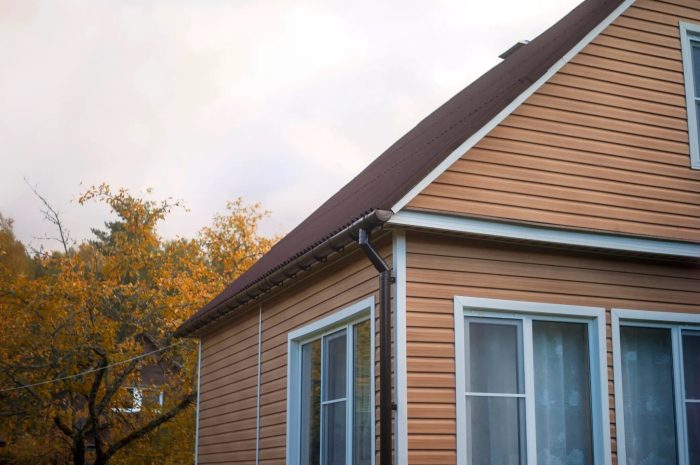
In conclusion, understanding the various elements that contribute to the cost of installing new vinyl siding can empower homeowners to plan effectively and budget wisely. By keeping these factors in mind, you can navigate the process with confidence and ensure a successful outcome for your home improvement project.
FAQ
What are some factors that can influence the cost of installing new vinyl siding?
Factors such as material quality, size of the project, and additional features like insulation can impact the overall cost.
How do labor costs play a role in the installation of vinyl siding?
Labor costs are typically calculated based on the complexity of the project and the time required for installation, among other factors.
Are there any additional expenses homeowners should consider when installing vinyl siding?
Additional costs may include permit fees, disposal of old siding, and any unexpected repairs that may arise during the installation process.

